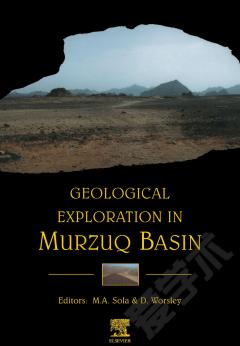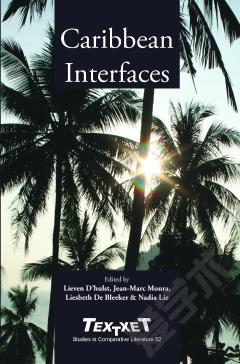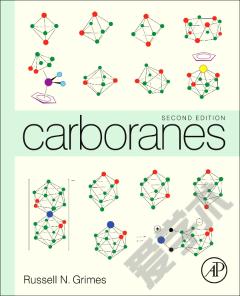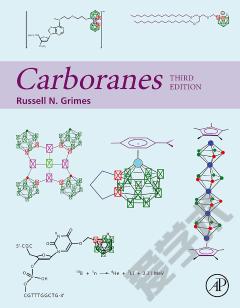Caribbean Basins
This 21-chapter volume provides a regionally-comprehensive collection of original studies of Caribbean basins conducted by academic and petroleum geologists and geophysicists in the early and mid-1990s. The common tectonic events discussed in the volume including the rifting and passive margin history of North and South America that led to the formation of the Caribbean region; the entry of an exotic, Pacific-derived Great Arc of the Caribbean at the leading edge of the Caribbean oceanic plateau; the terminal collision of the arc and plateau with the passive margins fringing North and South America; and subsequent strike-slip and accretionary tectonics that affected the arc-continent collision zone. Two introductory chapters (Part A) utilize recent advances in quantitative plate tectonic modeling and satellite-based gravity measurements to place the main phases of Caribbean basin formation into a global plate tectonic framework. Nineteen subsequent chapters are organized geographically and focus on individual or groups of genetically-linked basins. Part B consists of five chapters which mainly focus on basins overlying the North America plate in the Gulf of Mexico, Cuba and the Bahamas that record its rifting from South America in late Jurassic to Cretaceous time. Part C has six chapters that focus on smaller, usually heavily faulted and onshore Cenozoic basins of the northern Caribbean that formed in response to arc collisional and strike-slip activity along the evolving North America-Caribbean plate boundary.
{{comment.content}}








 京公网安备 11010802027623号
京公网安备 11010802027623号